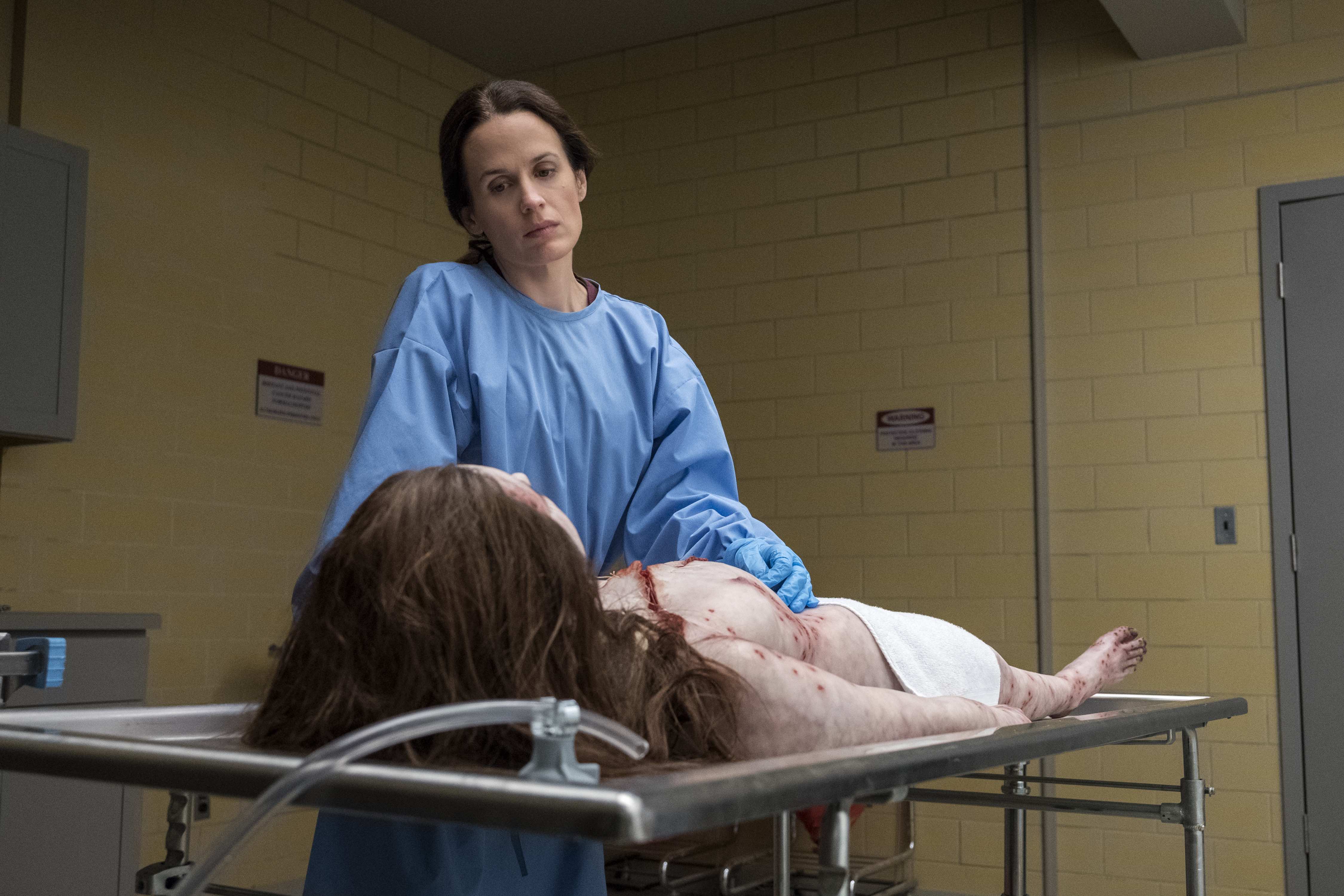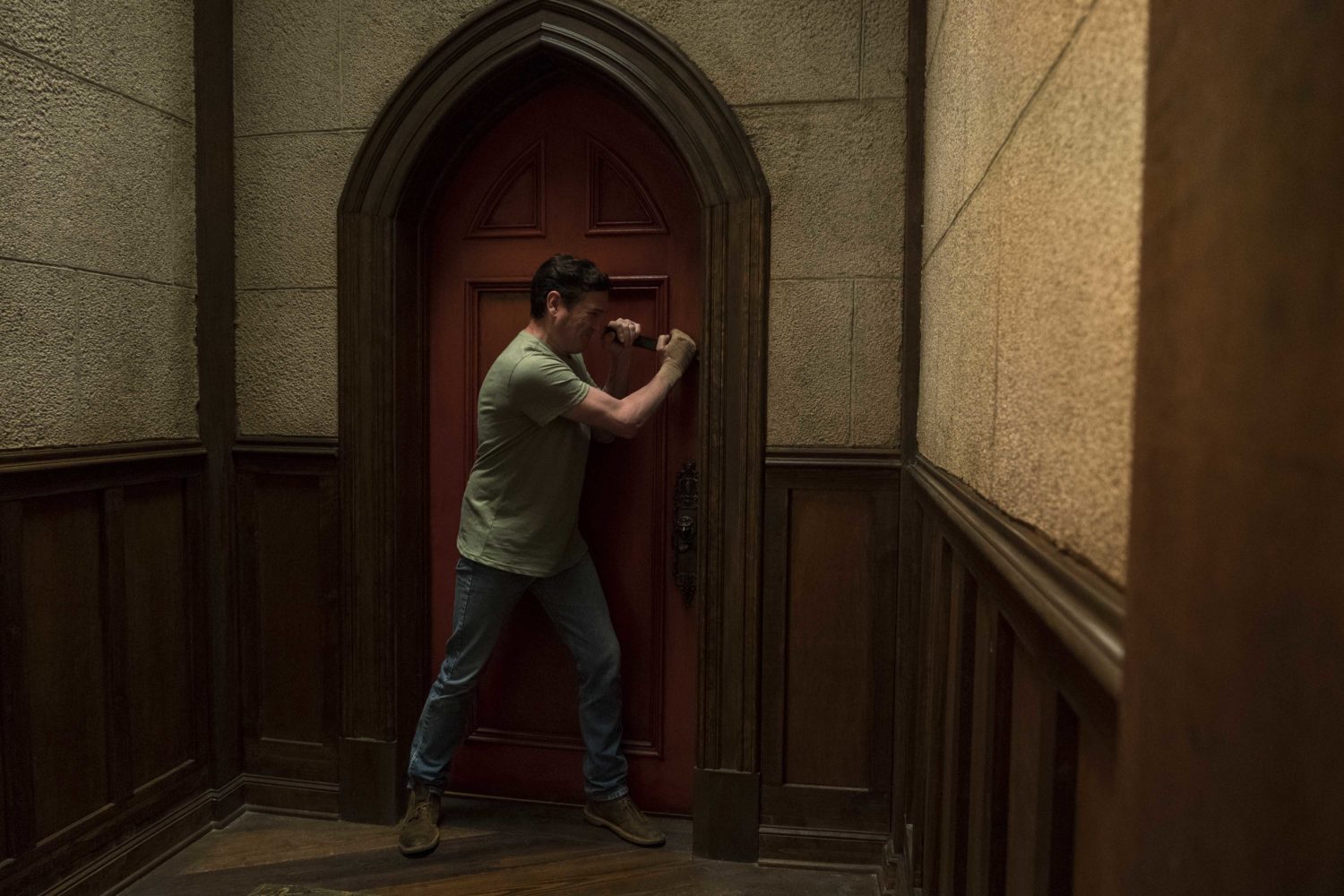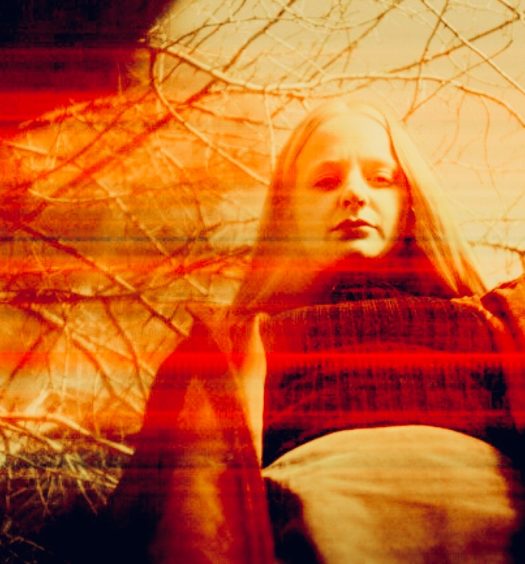I have two young children. I also love horror, and sometimes those things bump up against each other. This year, I’ve been emotionally devastated by Hereditary, A Quiet Place, and the upcoming TRAILER for Pet Semetary. But nothing has connected with me as a parent more than Mike Flanagan’s The Haunting of Hill House. Warning: Spoilers lie ahead.
This reimagining of the 1959 Shirley Jackson novel tells the story of the Crain Family and their experiences in the titular Hill house. Over the course of the series, we see the members of the Crain family deal with the deaths of their mother Olivia and youngest daughter Nell, both of which occur inside the house. Nell is lured there by visions of her late husband and mother only to be killed and thus trapped forever. The Dudleys, a couple who live nearby and look after the house, also lose both children inside it. While the house is a sinister presence for the majority of the series, toward the end, it seems to become a more nuanced representation of death itself. When someone dies inside Hill House, they become frozen in time; existing forever as a spirit inside the walls of the house. The show concludes with several members of both families reunited in perpetual afterlife inside Hill House while oldest brother, and new family patriarch, Steven is charged with protecting the house and the beloved spirits it holds.
Hill House also seems to be a vessel for time, and within it, the walls of reality are thin. People disappear and reappear in plain sight, and ghosts walk among the living. When the Dudley’s daughter Abigail dies in the house, she immediately materializes and reunites with her parents as an eternal six year old. And until the final episode, it is unclear if she is a ghost or a living girl. If the house is death, the spirits within it are the memories we hold of our lost loved ones. We don’t see them at their sickest or oldest, only as our preferred versions of themselves. An elderly Mrs. Dudley is brought to the house moments before her death by her husband only to reappear afterwards holding her once still born baby as a young mother. And as a woman who has suffered a miscarriage, I probably don’t have to tell you how that image affected me. Because if you’ve ever lost someone, you understand the temptation to freeze time and stay in a happy memory with them forever. Why wouldn’t we want to live in the best memory we have of our loved ones? Hill House offers the Crains and the Dudleys that opportunity–but it comes at a cost.

The Haunting of Hill House
Nothing has connected with me as a parent more than Mike Flanagan’s The Haunting of Hill House.
Throughout the series we are teased with images of a mysterious and inaccessible red room at the center of the house. In the final episode, we realize that we have actually been in this room many times. It is a shape shifting room of requirement that becomes a safe haven for each of the characters. A dance studio, a game room, a reading sanctuary, a treehouse. We all have a red room in one form or another. In it lives the truth we can only admit to ourselves. The person we truly are and the secrets we keep from those we love. The door is the lock we use to keep our secret selves hidden away. In the final episode, the four remaining Crain children become trapped in the room with their father, Hugh, attempting to open the door from the outside. Their means of isolation or escape has become a prison. He is able to unlock the door by finally being honest and vulnerable with his family. We all need a red room. The problem arises when we barricade ourselves inside it.
If Hill House represents death, raising a young family inside its walls is obviously stressful. It is a physical representation of the dangers of bringing children into the world. I love my children with every breath and sometimes that love is terrifying. What if I can’t protect them? What if something terrible happens? It’s tempting and understandable to want to keep them as close as possible. For mother Olivia, the red room becomes a room in which she can host a deadly tea party in an attempt to hold her children close forever. The manipulative aspect of the house leads her to believe that the outside world is too dangerous and that she must protect them by ending their lives on her (loving) terms. The house shows her visions of her grown children suffering at the hands of the real world leading her to want to shield them at all costs. Even if that cost is ultimately their futures. They will die with her and live in the room forever thus protecting them from all the hardships they will suffer later. But what the house doesn’t show her is the happy moments of their lives. In an attempt to shield them from the bad, she will rob them of the good.

The Haunting of Hill House
… a physical representation of the dangers of bringing children into the world.
Because you can’t protect your children from everything. Hugh Crain has been withholding the truth about Olivia’s death from his children in an attempt to protect them. He has kept this secret locked away in his own red room. But like Olivia’s, his attempt to shield his children from the real world has caused them more harm in the long run. To paraphrase, he has been holding the red door closed. But he realizes that he was so busy holding the door against the monsters that he forgot to hold his children–and the monsters got in anyway. The monsters always do. One way or another, we will all suffer and we will all die. That’s life. But along the way, we will also experience happiness and even joy. The spirits trapped in Hill House may continue on after their deaths as memories, but they will never again truly live. They will never grow or change. And while that is so tempting for a mother who wants to hold on tight to each moment, the joy is in the journey. We cannot freeze our children in time. We have not created toys to play with; we have created individuals who deserve their own lives. By over-protecting them, we rob them of their autonomy, and we deny them the growth that making mistakes and learning from them provides. They will remain a moving picture in a book. Unable to grow or change or to experience the joy of having children of their own.
Letting your children go out into the world is terrifying, and it’s smart to be proactive and watchful. The red room exists for a reason. We need to have a space to hold our memories close. But we can’t live there. We can pull our children into it and hold them tight, but we must give them the freedom to go back out into the world. We will never be able to totally protect them from the monsters, and in our attempt to do so, we can become the monster holding them back. We must teach them to protect themselves from their own monsters. And remember to hold them tight.






























